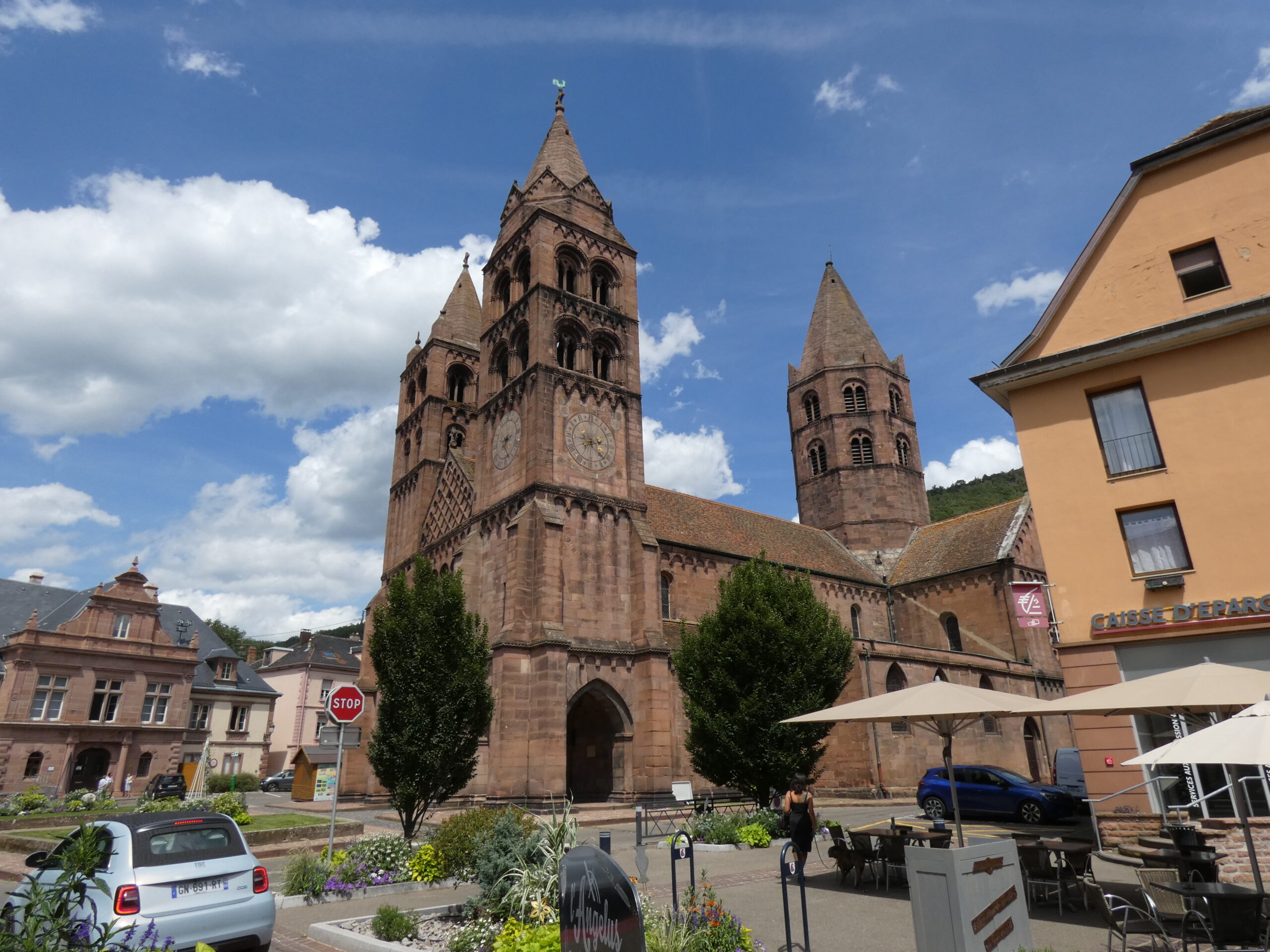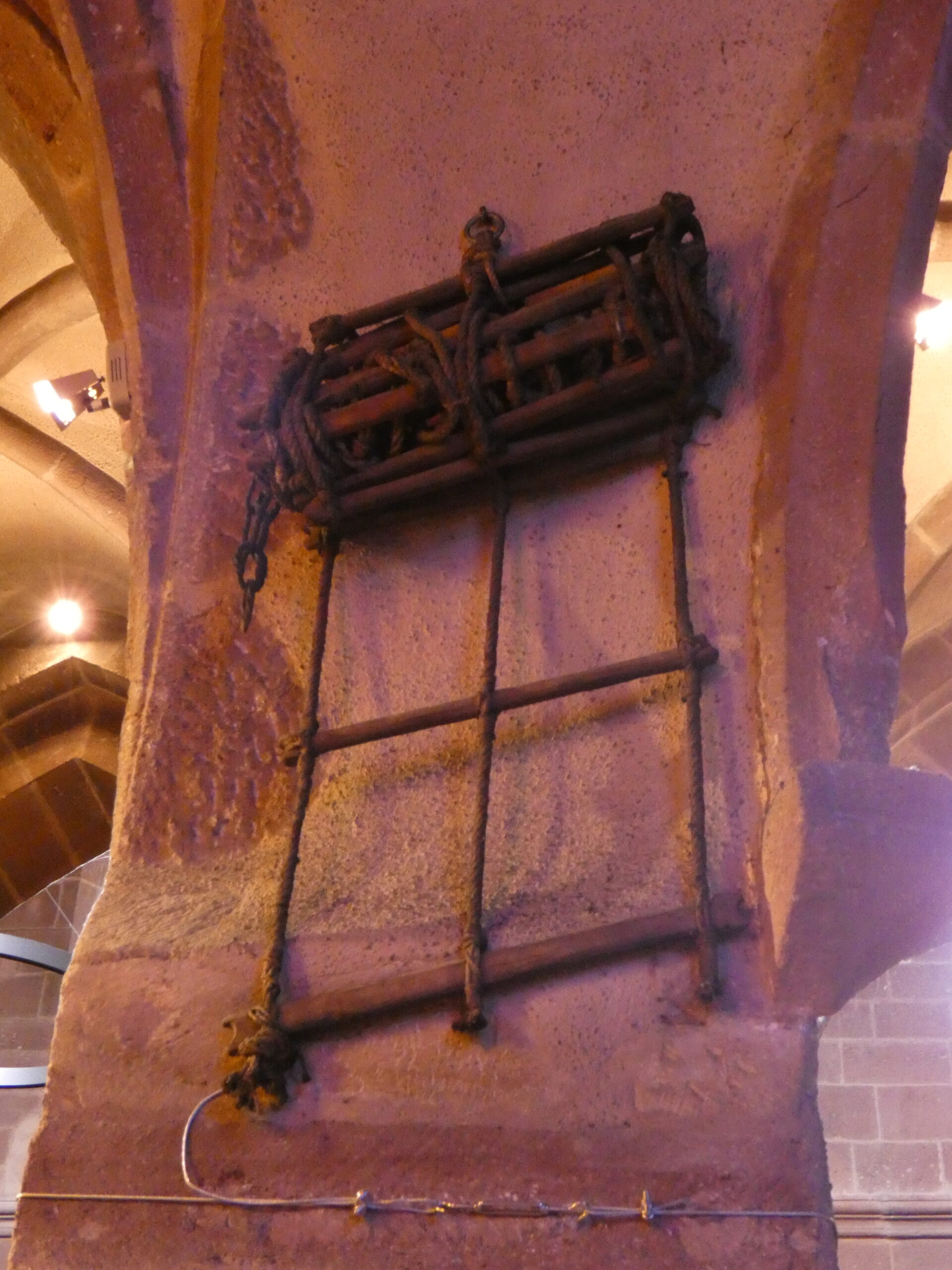Though the Hundred Years War is generally regarded as an intermittent conflict between the royal houses of England and France, it was rather more widespread than might seem at first glance. The countries which now make up Spain and Portugal, Scotland, parts of Italy, the Low Countries and Holy Roman Empire were all, at times, engulfed in war and the social turmoil it engendered.

Long and widespread wars often engender a breed of warrior, whose taste for war and the licence it provides, leave them ill equipped for the sudden periods of peace following treaties. Mercenaries, used to easy lives of plunder, do not fade away on the arrival of peace and bands of such brigands were happy to serve any ruler in need of troops. Such men, from their habit of ruthlessly stripping their victims of everything they possessed, were nicknamed Écorcheurs, or ‘flayers’; from those in slaughter houses who skinned the dead animals.

The Square and church of Saint-Léger in Guebwiller
On 13 February 1445 this irregular war of the Écorcheurs encroached upon Guebwiller, now in the Haut-Rhin département of Alsace. An army of mercenaries and brigands, employed by the French, was wintering in Alsace after an invasion of the Swiss Confederacy and their Pyrrhic victory outside Basel. On St Valentine’s Eve they decided to seize and plunder the small, walled town of Guebwiller.

An escalade – the storming of a town’s walls with ladders.
In the early hours of 14 February the raiders began their escalade of the town, setting siege ladders against the town walls and climbing up. Either over-confident or lacking in stealth, the Écorcheurs made such a row that the town guards were alerted and the citizens roused. One townswoman, Brigitte Schick, distinguished herself by throwing lighted bundles of straw down upon the attackers, who fled; either realising their surprise attack was a surprise no longer, or (if the local chronicle is to be believed) because St Valentine himself had appeared, bathed in fiery light, to take Guebwiller under his protection.
The following morning, on inspecting the damage to the walls, the townspeople found at their foot a number of ingeniously made ladders of wood and rope. These portable siege ladders were carried into the town and hung in triumph and thanks-giving in the parish church of Saint-Léger – where, happily, they may still be inspected.


An altar, in the chapel of St Valentine, though erected much later, shows an impression of the attack.



